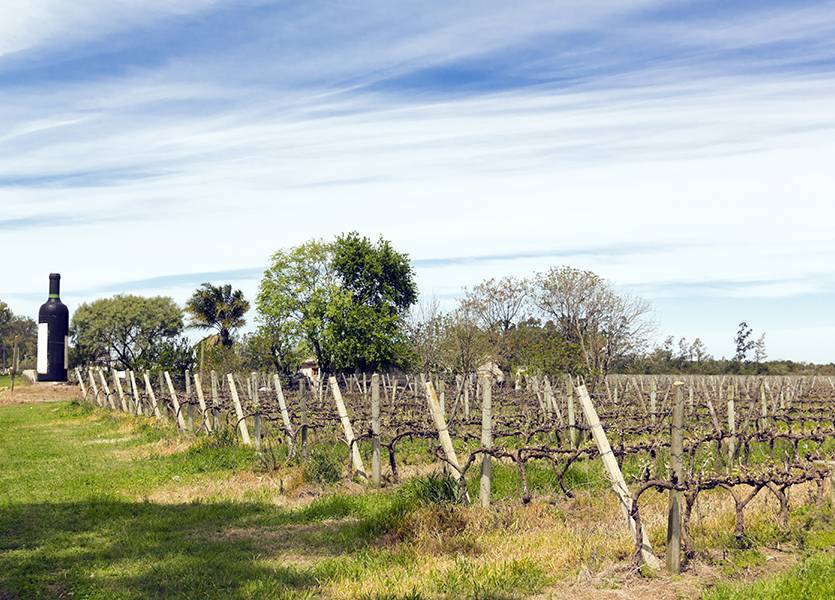Ten Facts about Tannat

Like Malbec, Tannat is another bold red wine grape that has made the successful migration from France to South America and even to the US.
1. Tannat is a red wine grape from south west France with very high tannins. Primarily found in the Madiran AOC (Appellation de Origin Controlle), the French style of Tannat has more red berry and raspberry flavors.
2. Tannat was taken to Uruguay in the 19th century, where it has become the national grape in the country. Tannats from Uruguay tend to have softer tannins and more black fruit flavors, such as blackberry, black plum and black cherry.
3. Regardless of the region of origin, Tannat wines tend to be aged in oak which adds flavors of cedar, backing spices and chocolate. Aging the wine in oak allows small quantities of oxygen to come in contact with the wine, which helps soften the tannins. Wines may also be further aged in the bottle to smooth out the tannins more, and add an additional layer of flavors, such as leather and tobacco.
4. It is not uncommon for other grapes to be blended in with Tannat to help provide balance. Common blending partners include Cabernet Sauvignon, Cabernet Franc, Merlot, Pinot Noir and Zinfandel.
5. Tannat has one of the highest levels of antioxidants of all red wines. Along with high tannins and acidity, high levels of antioxidants will allow the wine to age for quite a while. Also, if you believe in the health benefits of red wine, it’s best to choose ones that are high in antioxidants.
6. Tannat is being grown in several states in the US, including California, Arizona and Virginia. A number of Virginia wineries are now making Tannat-based wines, including Chrysalis, Williamsburg Winery, Paradise Springs, Stinson (including red and rosé), Horton, Upper Shirley and Grace Estates. Stylistically, Virginia Tannats sit in between the French and Uruguayan versions. The heat during the growing season varies widely from year to year in Virginia. Hotter years will produce wines with riper but softer tannins and black fruit flavors. Cooler years will produce thinner wines with more red fruit flavors and more astringent tannins.
7. Tannat’s thick skins make them resistant to fungus, rot and spring frost. This is probably one of the reasons a number of Virginia growers are starting to work with Tannat.
8. Tannat works best with foods that are high in fat as the fat will help soften the feel of the tannins. Pair Tannat with sausage, duck and fatty cuts of beef like rib eye.
9. Tannat is also used to produce full bodied rosés that show more of the red fruit flavors, such as red currant, red cherry and raspberry.
10. Tannat wines are very affordable, with many options in the $12-$20 range.

Comments
Be the first to comment...